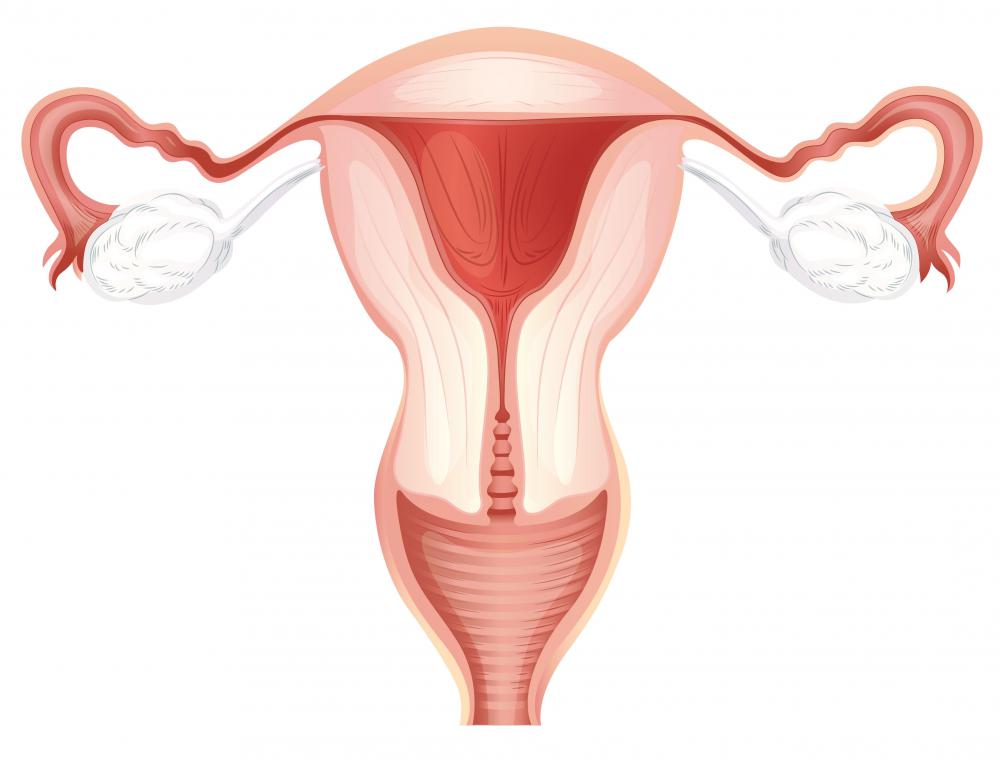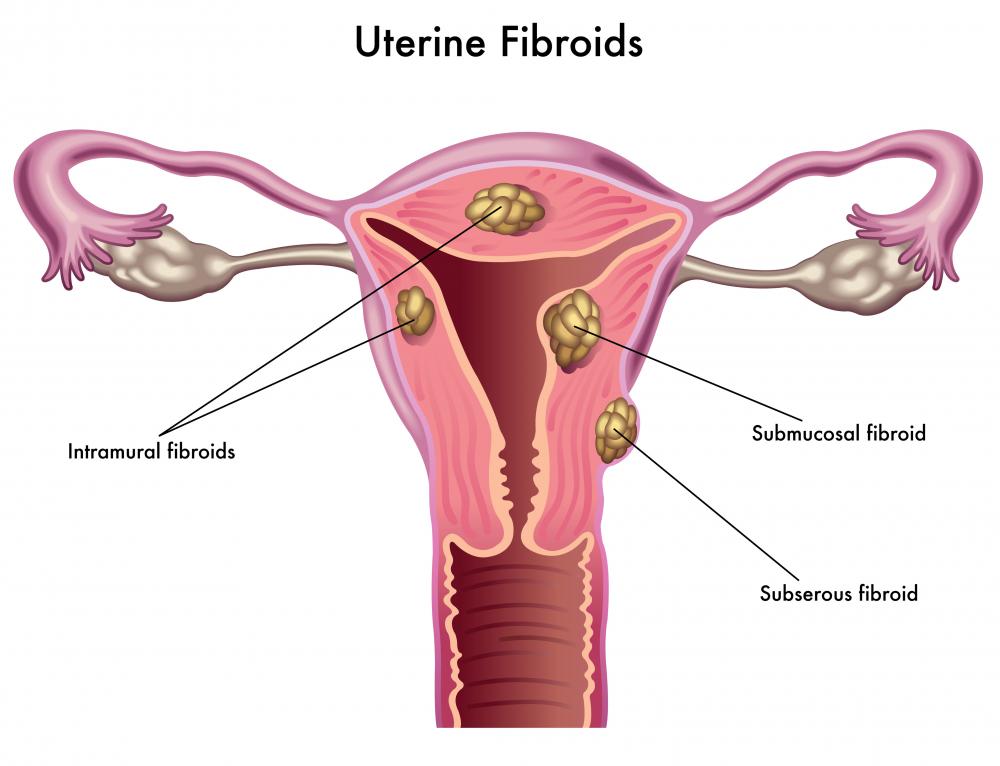At WiseGEEK, we're committed to delivering accurate, trustworthy information. Our expert-authored content is rigorously fact-checked and sourced from credible authorities. Discover how we uphold the highest standards in providing you with reliable knowledge.
What Are the Common Reasons for a Uterine Biopsy?
A uterine biopsy is a procedure where a doctor takes a small piece of the uterine lining and sends it to a laboratory to be checked for abnormal cells. The presence of such cells can indicate cancer, and a biopsy is the only way to tell is these cells are present or not. A uterine biopsy may be done if the patient has abnormal bleeding or other signs that indicate the possibility of uterine cancer or fibroids or other common conditions. The procedure may also be done to help to determine the cause of infertility.
A uterine biopsy is generally performed in the doctor’s office, with the patient lying on an exam table with her feet raised in stirrups. Some type of anesthetic or other pain relief is generally used, but not in all cases. The doctor uses a speculum or other instrument to hold the vaginal canal open and then inserts a small tube through the cervix and into the uterus. Samples are taken from several places in the uterus, so as to provide enough information for a complete uterine evaluation. Laboratory technicians then carefully check the collected sample for any abnormal cells or other problems.

Abnormal vaginal bleeding, especially in post-menopausal women, is one of the most common reasons for doing a uterine biopsy. Younger women who have unexpected bleeding in between menstrual periods or excessively heavy bleeding during their periods are also often given a uterine biopsy, as are women who experience unexplained pelvic pain or who have problems with painful intercourse. Any woman who has a vaginal discharge that is watery and tinged with blood is also likely to end up having a uterine biopsy, to help to identify the problem.

When a doctor suspects any one of a number of common conditions that affect the uterus, he or she will most likely suggest a uterine biopsy. The uterine biopsy is used in combination with other tests, such as an ultrasound or a hysteroscopy, to arrive at a diagnosis. Based on the symptoms and how long they have been present, the doctor may consider that growths in the uterus, such as fibroids or polyps, could be the cause of abnormal bleeding or other problems. Other conditions that can cause similar symptoms include endometriosis, endometrial cancer, and uterine cancer. How the problem is treated ultimately depends on what is found to be the problem and what both the doctor and the patient feel is the best way to proceed.
AS FEATURED ON:
AS FEATURED ON:













Discuss this Article
Post your comments